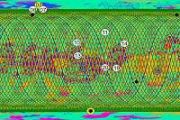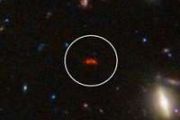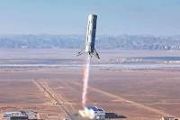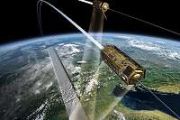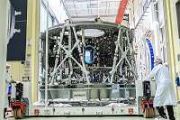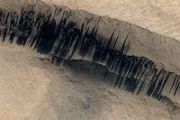
Copernical Team
Preventing interplanetary pollution that could pose a threat to life on Earth and other planets
 Formulating policies for planetary protection issues and keeping them up-to-date is the responsibility of the Committee on Space Research (COSPAR) panel on planetary protection. In an article in Frontiers in Astronomy and Space Sciences, an international group of experts affiliated with COSPAR reviewed the panel's role, and its Planetary Protection Policy, including recent considerations regardi
Formulating policies for planetary protection issues and keeping them up-to-date is the responsibility of the Committee on Space Research (COSPAR) panel on planetary protection. In an article in Frontiers in Astronomy and Space Sciences, an international group of experts affiliated with COSPAR reviewed the panel's role, and its Planetary Protection Policy, including recent considerations regardi First ultraviolet data collected by ESA's JUICE mission
 The Southwest Research Institute-led Ultraviolet Spectrograph (UVS) aboard ESA's Jupiter Icy Moons Explorer (JUICE) spacecraft has successfully completed its initial commissioning following the April 14 launch. The UVS instrument is one of three instrument projects comprising NASA's contribution to the JUICE mission. The mission's science goals focus on Jupiter and its system, making multiple fl
The Southwest Research Institute-led Ultraviolet Spectrograph (UVS) aboard ESA's Jupiter Icy Moons Explorer (JUICE) spacecraft has successfully completed its initial commissioning following the April 14 launch. The UVS instrument is one of three instrument projects comprising NASA's contribution to the JUICE mission. The mission's science goals focus on Jupiter and its system, making multiple fl Martian dunes eroded by a shift in prevailing winds after the planet's last ice age
 Detailed analysis of data obtained by the Zhurong rover of dunes located on the southern Utopian Plain of Mars suggests the planet underwent a major shift in climate that accompanied changes in prevailing winds. This shift likely occurred about 400,000 years ago, which coincides with the end of the last glacial period on Mars.
Researchers from the National Astronomical Observatories, Insti
Detailed analysis of data obtained by the Zhurong rover of dunes located on the southern Utopian Plain of Mars suggests the planet underwent a major shift in climate that accompanied changes in prevailing winds. This shift likely occurred about 400,000 years ago, which coincides with the end of the last glacial period on Mars.
Researchers from the National Astronomical Observatories, Insti A bumpy road ahead for Curiosity: Sols 3876-3879
 Our latest assessment period over sols 3872 and 3873 was a "touch and go" plan: some contact science and other observations, followed by a drive. We performed some imaging and DRT (Dust Removal Tool) brushing on the "Madero" bedrock target, to allow for contact science using APXS.
For some of our Mastcam imaging, we also move the arm out of the way as to reduce shadow in our images. Our pl
Our latest assessment period over sols 3872 and 3873 was a "touch and go" plan: some contact science and other observations, followed by a drive. We performed some imaging and DRT (Dust Removal Tool) brushing on the "Madero" bedrock target, to allow for contact science using APXS.
For some of our Mastcam imaging, we also move the arm out of the way as to reduce shadow in our images. Our pl Final Ariane 5 blasts off amid Europe rocket crisis
 Europe's workhorse Ariane 5 rocket blasted off for a final time on Wednesday, with its farewell flight after 27 years of launches coming at a difficult time for European space efforts.
Faced with soaring global competition, the continent has unexpectedly found itself without a way to independently launch heavy missions into space due to delays to the next-generation Ariane 6 and Russia withd
Europe's workhorse Ariane 5 rocket blasted off for a final time on Wednesday, with its farewell flight after 27 years of launches coming at a difficult time for European space efforts.
Faced with soaring global competition, the continent has unexpectedly found itself without a way to independently launch heavy missions into space due to delays to the next-generation Ariane 6 and Russia withd A space rocket hotter than the Sun
 UK aerospace company Pulsar Fusion has started constructing the largest practical nuclear fusion rocket engine ever built.
The 8-metre fusion chamber is being assembled in Bletchley, England and when fired in 2027, will temporarily become the hottest place in the solar system creating exhaust speeds of over 500,000 MPH.
Researchers at Pulsar Fusion hope to reach several hundred- mill
UK aerospace company Pulsar Fusion has started constructing the largest practical nuclear fusion rocket engine ever built.
The 8-metre fusion chamber is being assembled in Bletchley, England and when fired in 2027, will temporarily become the hottest place in the solar system creating exhaust speeds of over 500,000 MPH.
Researchers at Pulsar Fusion hope to reach several hundred- mill Taking flight and making a splash
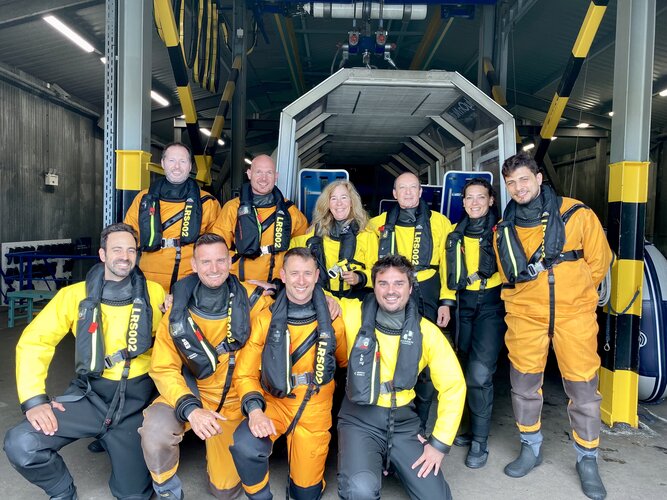
Last week, members of ESA’s astronaut support teams participated in a helicopter underwater escape training. This training is mandatory for people involved in astronaut landing operations, including flight surgeons and photographers, who capture the key moments of an astronaut mission.
Europe-wide space-enabled aviation approaches take off

Commercial air passengers across Europe will soon experience fewer flight delays and greener travel thanks to pilots being able to use satellites to route their planes.
Ariane 5 bows out in style: dual payloads, perfect delivery
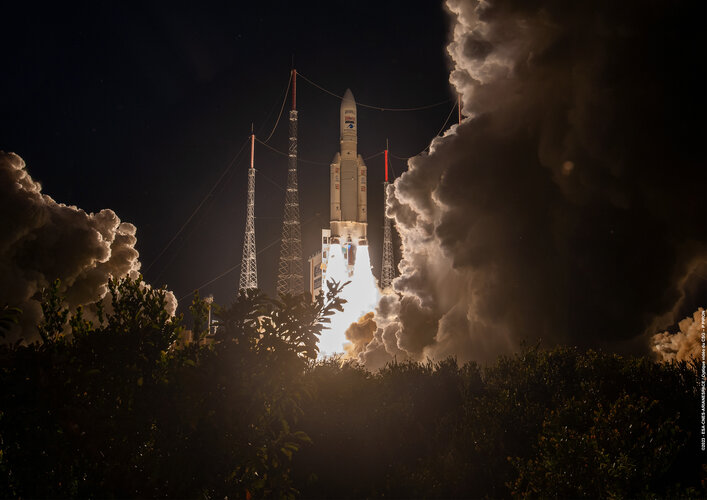
Europe’s Ariane 5 rocket has completed its final flight, placing two payloads – the German aerospace agency DLR’s Heinrich Hertz experimental communications satellite and the French communications satellite Syracuse 4b – into their planned geostationary transfer orbits.
NASA's moon rover prototype conquers steep, scary lander exit test

NASA's VIPER—short for Volatiles Investigating Polar Exploration Rover—recently completed another successful round of rigorous tests of the agency's first robotic moon rover's ability to drive off the Astrobotic Griffin lunar lander and onto the lunar surface. Called an egress, this hours-long operation is one of the most critical and trickiest parts of VIPER's 100-day mission. It could be even trickier if VIPER's off-ramps onto the moon are super steep or tilted due to uneven terrain.








